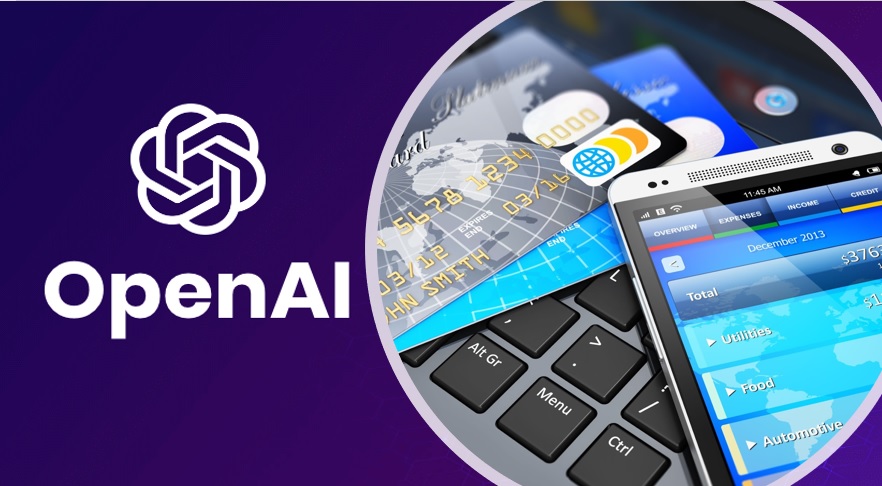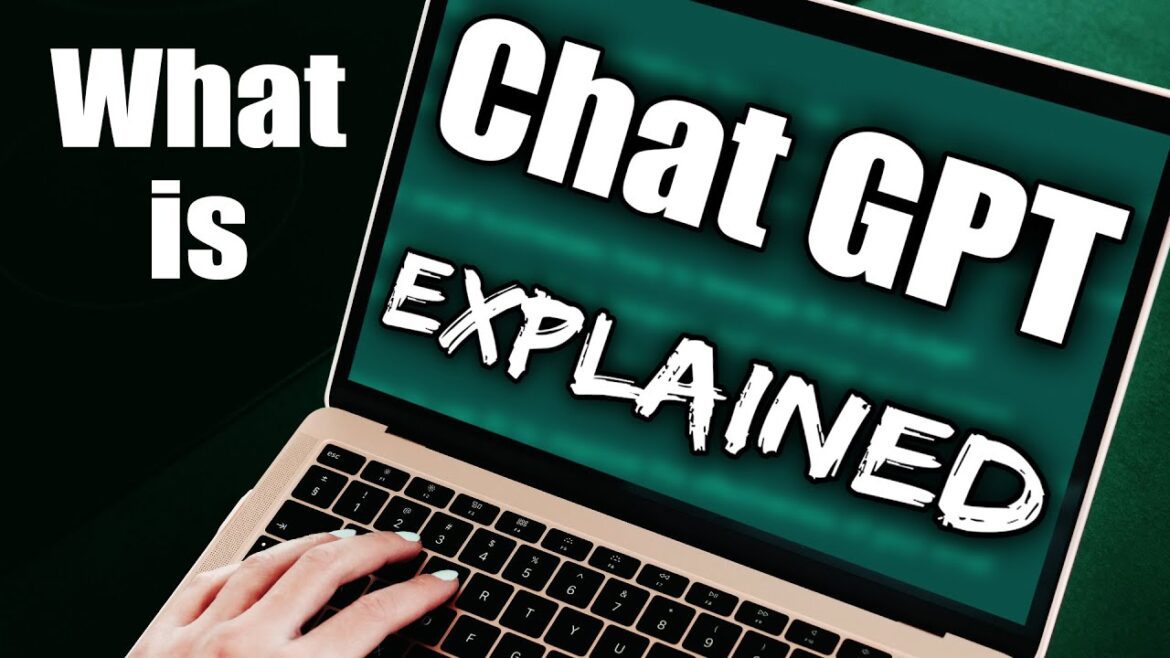What is Chat GPT?
ChatGPT is a variant of OpenAI’s Generative Pre-trained Transformer (GPT) language model, which uses deep learning algorithms to generate text. ChatGPT is specifically trained to generate human-like text in response to input from users, making it well suited for conversational applications such as chatbots and virtual assistants.
The model has been trained on a massive dataset of text from the internet and has learned to generate coherent and contextually relevant responses to a wide variety of prompts. When a user inputs a message, ChatGPT generates a response by predicting the next word in the sequence based on the input it has received so far. The model uses the context of the input to generate a response that is appropriate and relevant to the topic of the conversation.
Technical Overview Of Chat GPT
Here’s a technical overview of how ChatGPT works:
- Pre-training: ChatGPT is pre-trained on a large corpus of text data from the internet. During pre-training, the model learns to predict the next word in a sequence of text given the previous words. This helps the model to learn the patterns and relationships between words in the language.
- Fine-tuning: After pre-training, the model can be fine-tuned for specific tasks such as conversation by being trained on a smaller, task-specific dataset. This allows the model to learn to generate responses that are relevant to the specific task.
- Encoder-Decoder Architecture: ChatGPT uses an encoder-decoder architecture, where the encoder takes in the input text and generates a hidden representation of the input, and the decoder takes the hidden representation and generates the output text.
- Attention Mechanism: The Transformer architecture includes an attention mechanism that allows the model to focus on different parts of the input when generating the output. This allows the model to understand the context of the input and generate more contextually relevant responses.
- Generating Responses: When generating a response, ChatGPT starts by encoding the input text and generating a hidden representation. The model then uses the decoder to generate a probability distribution over the vocabulary for each word in the response. The model selects the word with the highest probability and adds it to the output. This process is repeated until the model has generated a complete response or reaches a maximum length.
This is a high-level overview of how ChatGPT works, but the details can be quite complex. If you’re interested in learning more about the technical details of language models and the Transformer architecture, I would recommend reading the original Transformer paper and related research in this area.
Use Case Of Chat GPT in Fintech

ChatGPT has several potential use cases in the fintech industry. Some examples include:
- Virtual Financial Advisors: ChatGPT can be used to build virtual financial advisors that can assist customers with their financial planning and investment decisions. The model can answer customer questions about various financial products, provide personalized recommendations based on the customer’s financial goals and risk tolerance, and even simulate different investment scenarios to help customers make informed decisions.
- Fraud Detection: ChatGPT can be used to detect and prevent fraud in financial transactions by analyzing large amounts of customer data and identifying patterns that may indicate fraud. The model can be trained on historical data to identify suspicious behavior and can be used in real-time to flag transactions that warrant further investigation.
- Customer Service: ChatGPT can be used to provide 24/7 customer support to customers via chat or voice interfaces. The model can answer customer inquiries, resolve issues, and provide information about financial products and services. By automating these tasks, ChatGPT can improve the customer experience and reduce costs for financial institutions.
- Financial Education: ChatGPT can be used to provide financial education and information to customers. The model can answer customer questions about financial concepts, provide information about financial products and services, and help customers make informed financial decisions.
These are just a few examples of how ChatGPT can be used in the fintech industry. As the technology continues to evolve, it is likely that more use cases will emerge in the future.
Future of Chat GPT
The future of ChatGPT and other language models is exciting and rapidly evolving. Here are some of the trends and developments that are likely to shape the future of ChatGPT:
- Advancements in AI: As AI technology continues to advance, language models like ChatGPT are likely to become even more powerful and sophisticated. This will enable the models to generate even more human-like responses and to understand context more accurately.
- Integration with Other Technologies: ChatGPT is likely to be integrated with other technologies, such as voice assistants and augmented reality, to provide a more seamless and immersive user experience. For example, ChatGPT-powered virtual financial advisors could be integrated with voice assistants like Amazon Alexa or Google Home to provide customers with hands-free access to financial information and advice.
- Expansion into New Industries: The technology behind ChatGPT is likely to be adopted by new industries and used to solve a wider range of problems. For example, it could be used in the healthcare industry to generate medical reports and assist with medical diagnosis.
- Increased Personalization: ChatGPT is likely to become more personalized, with the model being able to generate responses that are tailored to the individual user. This will be achieved through the use of user data and machine learning algorithms that can learn about the user’s preferences and habits over time.
Overall, the future of ChatGPT is bright, and the technology has the potential to revolutionize many industries and improve people’s lives in countless ways.
– Author: Aman Gangurde ( Tech Enthusiasts, Winjit Technologies)




